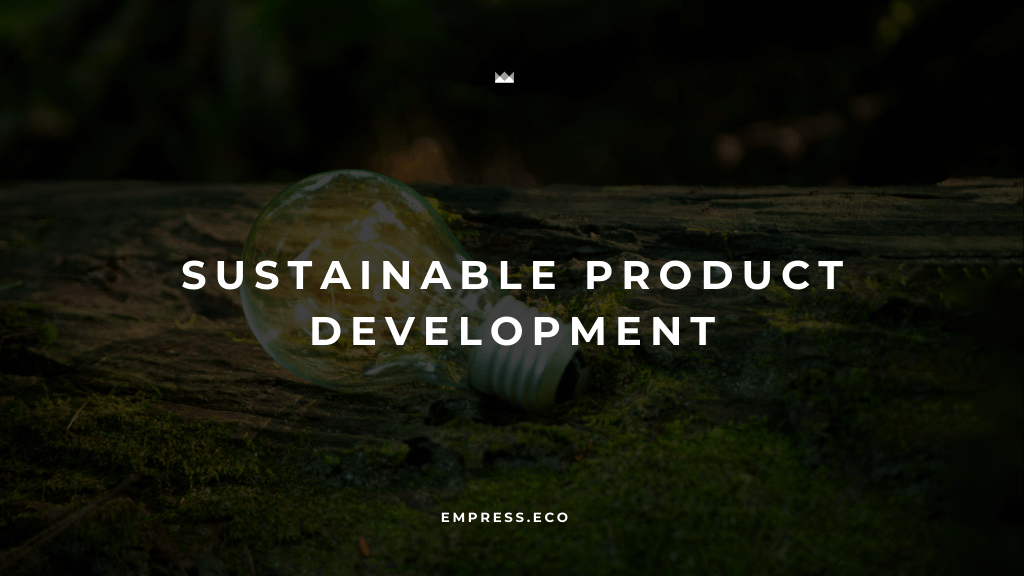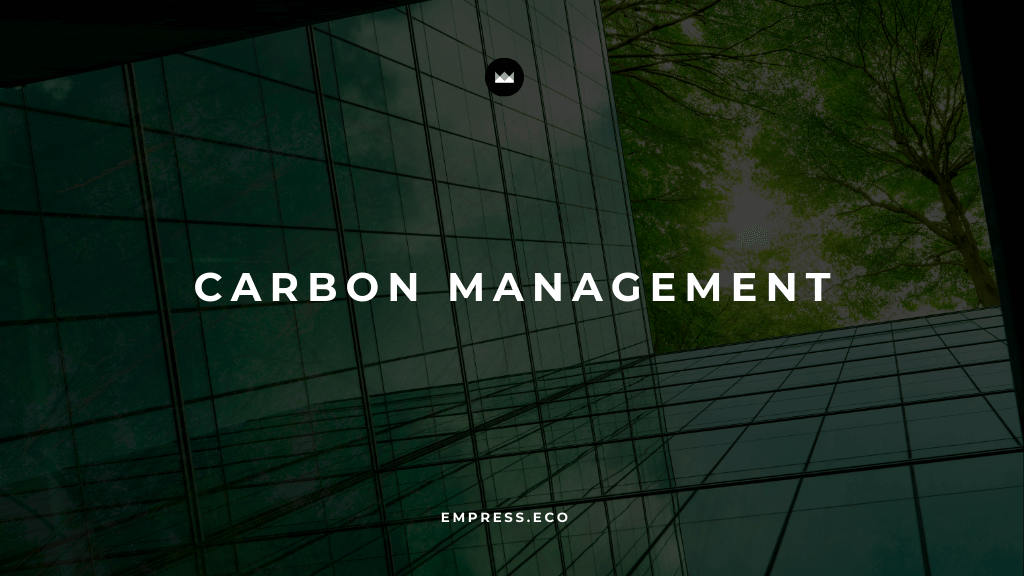Eradicating poverty in all its forms remains one of humanity's greatest challenges. Despite significant progress in reducing extreme poverty over the past decades, the COVID-19 pandemic has reversed years of advancement, pushing millions back into poverty. As we work towards achieving the Sustainable Development Goals (SDGs) by 2030, innovative and multifaceted approaches are crucial to breaking the cycle of poverty and building resilient communities worldwide.
The Current State of Global Poverty
According to the United Nations, as of 2022, 8.4% of the world's population (approximately 670 million people) were living in extreme poverty, defined as surviving on less than $2.15 per person per day. This marks a significant setback, effectively erasing about three years of progress in poverty alleviation. If current trends persist, an estimated 7% of the global population – around 575 million people – could still be trapped in extreme poverty by 2030.The challenges are particularly acute in certain regions:
- Sub-Saharan Africa remains the epicenter of global poverty, with a disproportionate concentration of those living in extreme conditions.
- Conflict-affected areas and countries vulnerable to climate change face heightened risks of poverty.
- The COVID-19 pandemic has exacerbated existing inequalities, with women, children, and marginalized communities bearing the brunt of economic hardships.
Innovative Strategies to Combat Poverty
To achieve SDG 1 – No Poverty, a multifaceted approach incorporating various innovative strategies is essential:
1. Inclusive Business Models
Integrating low-income communities into entrepreneurial value chains can provide sustainable pathways out of poverty. For example:
- LifeBank in Nigeria uses tiered pricing to deliver life-saving blood and oxygen to hospitals, cross-subsidizing services for low-income communities.
- Inclusive business models create jobs for unskilled workers and bring affordable products to underserved markets.
2. Education and Skill Development
Education remains one of the most powerful tools for breaking the cycle of poverty:
- UNESCO estimates that if all adults completed secondary education, the global poverty rate could be cut by more than half.
- Initiatives focusing on digital literacy and vocational training can equip individuals with skills needed for the modern job market.
3. Microfinance and Financial Inclusion
Expanding access to financial services can empower individuals to invest in their futures:
- Microfinance institutions provide small loans to entrepreneurs who lack access to traditional banking services.
- Mobile banking solutions are bringing financial services to remote areas, enabling savings and secure transactions.
4. Social Protection Systems
Robust social safety nets are crucial for protecting vulnerable populations:
- Cash transfer programs have shown success in reducing poverty rates in many countries.
- Universal basic income experiments are being conducted in various regions to assess their impact on poverty reduction.
5. Climate-Resilient Agriculture
With climate change disproportionately affecting the poor, sustainable agricultural practices are essential:
- Climate-smart agriculture techniques can improve crop yields while reducing environmental impact.
- Agroforestry and regenerative farming practices help diversify income sources for rural communities.
6. Technology and Innovation
Leveraging technology can accelerate poverty reduction efforts:
- Telemedicine initiatives are improving healthcare access in remote areas.
- Blockchain technology is being used to create transparent and efficient aid distribution systems.
7. Gender Equality and Women's Empowerment
Addressing gender disparities is crucial for comprehensive poverty reduction:
- Empowering women through education and economic opportunities has a multiplier effect on poverty alleviation.
- Programs targeting maternal health and girls' education contribute to breaking intergenerational cycles of poverty.
Policy Frameworks and Global Cooperation
Achieving SDG 1 requires coordinated efforts at national, regional, and international levels:
- The United Nations' 2030 Agenda for Sustainable Development provides a blueprint for global action.
- Countries are implementing national poverty reduction strategies aligned with SDG targets.
- International development cooperation and resource mobilization are essential for supporting low-income countries.
Measuring Progress and Ensuring Accountability
To track progress towards SDG 1, robust monitoring and evaluation systems are crucial:
- The UN has established specific targets and indicators to measure poverty reduction efforts.
- Countries are encouraged to adopt and implement national disaster risk reduction strategies in line with the Sendai Framework.
- Regular reporting and data collection help identify gaps and adjust strategies accordingly.
Conclusion
Ending poverty in all its forms everywhere is an ambitious but achievable goal. By implementing innovative strategies, fostering global cooperation, and addressing the root causes of poverty, we can create a more equitable and resilient world. As we work towards 2030, it's crucial to maintain momentum, adapt to emerging challenges, and ensure that no one is left behind in our collective journey towards a poverty-free future.While the task ahead is formidable, the combined efforts of governments, civil society, the private sector, and individuals can drive meaningful change. By embracing innovation, leveraging technology, and prioritizing inclusive development, we can break the cycle of poverty and build a more prosperous world for all.


